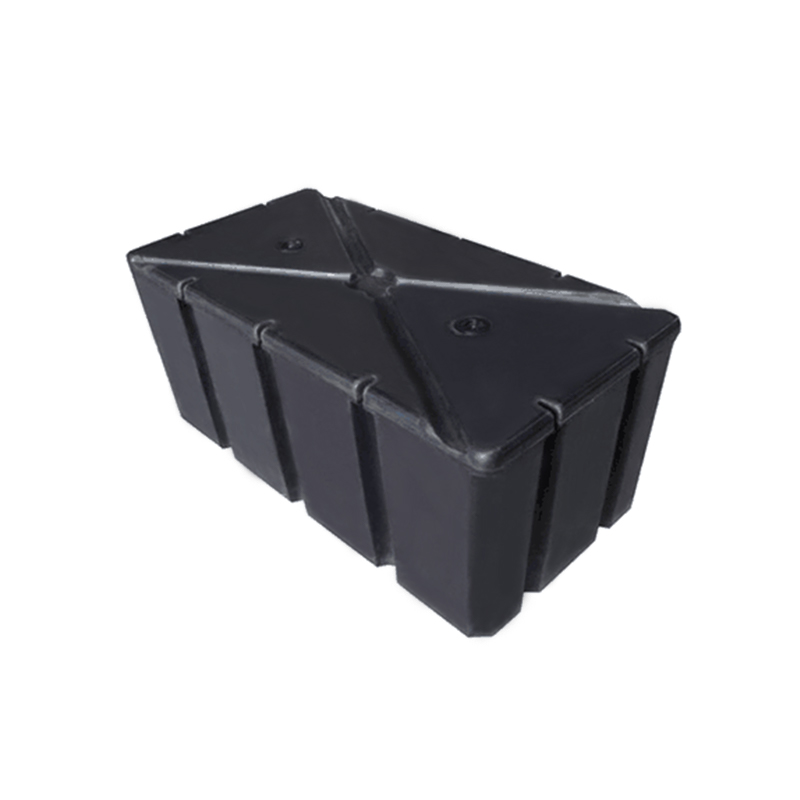How Can Horizontal Storage Tanks Contribute to Efficient Inventory Management and Storage Optimization?
1. Maximizing Floor Space Utilization
Horizontal storage tanks are designed to optimize floor space in warehouses and industrial facilities by spreading out horizontally rather than occupying vertical space. This design is particularly advantageous in facilities where vertical space is limited or where maximizing floor area is crucial. By placing horizontal tanks on the ground or supported by low-height structures, businesses can utilize floor space more effectively, creating a more organized layout that allows for additional equipment or inventory placement. This efficient use of space is not only beneficial for accommodating more storage units but also enhances the overall workflow by providing better accessibility and movement within the facility. Horizontal tanks can be placed along walls, under mezzanines, or in other previously unusable spaces, further enhancing the efficiency of the facility's layout. This approach reduces the need for costly and complex structural modifications, such as the installation of elevated platforms or additional support structures, and makes it easier to adapt the storage setup to changing operational needs.
2. Facilitating Easy Access and Handling
The lower profile of horizontal storage tanks facilitates easier access for filling, monitoring, and maintenance activities compared to vertical tanks. With a horizontal orientation, the top and sides of the tanks are more accessible, eliminating the need for ladders or scaffolding to reach the top of a vertical tank. This accessibility streamlines various operational tasks, such as refilling the tank, conducting routine inspections, and performing maintenance or repairs. Horizontal tanks are often designed with convenient access points, such as manways or access ports, which simplify these tasks and reduce the time and labor required. This ease of access not only improves operational efficiency but also enhances safety by minimizing the risks associated with working at heights. Additionally, the straightforward design of horizontal tanks allows for quicker response to any issues, such as leaks or overflows, ensuring that the inventory is managed effectively and reducing the likelihood of disruptions or downtime.
3. Enhancing Inventory Visibility and Monitoring
Horizontal storage tanks often include features that enhance the visibility and monitoring of inventory levels, which is crucial for effective inventory management. Many of these tanks are equipped with integrated level gauges or sensors that provide real-time data on the amount of stored material. This real-time monitoring allows operators to track inventory levels accurately and make informed decisions about refills or replacements. The external surface of horizontal tanks is generally more accessible for installing additional monitoring equipment, such as remote sensors or automated level indicators, which can further enhance inventory management capabilities. By providing clear and immediate access to inventory data, horizontal tanks enable businesses to maintain optimal stock levels, prevent overflows or shortages, and ensure that materials are available when needed. This capability is essential for avoiding stockouts that can disrupt operations or cause delays, as well as for reducing excess inventory that can lead to waste and increased holding costs.
4. Supporting Modular and Scalable Storage Solutions
Horizontal storage tanks are particularly well-suited for modular and scalable storage solutions, making them ideal for businesses with fluctuating storage needs. Their design allows for easy expansion by adding more tanks or reconfiguring existing setups as demand changes. For instance, in industries with seasonal variations in storage requirements, horizontal tanks can be arranged in rows or clusters to accommodate increased volumes during peak periods. This modular approach enables businesses to adjust their storage capacity dynamically without requiring major modifications to the facility’s infrastructure. Additionally, horizontal tanks can be integrated seamlessly into existing systems or workflows, providing flexibility in adapting to evolving operational needs. This scalability ensures that businesses can efficiently manage their storage requirements while maintaining an organized and functional layout. By offering adaptable storage solutions, horizontal tanks support efficient inventory management and help businesses respond effectively to changing market conditions or production demands.
5. Reducing Operational Costs and Improving Efficiency
Horizontal storage tanks contribute to reducing operational costs and improving efficiency through their space-saving design and ease of use. Their ability to maximize floor space eliminates the need for complex structural modifications, such as elevated platforms or extensive access equipment, which can be costly and time-consuming to install and maintain. The accessibility of horizontal tanks simplifies refilling, maintenance, and monitoring tasks, reducing labor costs and minimizing downtime. Accurate inventory monitoring capabilities help prevent overflows or shortages, which can lead to costly disruptions or waste. By providing a more organized and efficient storage environment, horizontal tanks enable businesses to manage their inventory more effectively, leading to cost savings and increased productivity. The streamlined operations facilitated by horizontal tanks contribute to a more efficient workflow, allowing businesses to focus on their core activities while maintaining a well-organized and cost-effective storage system.


 English
English عربى
عربى




















